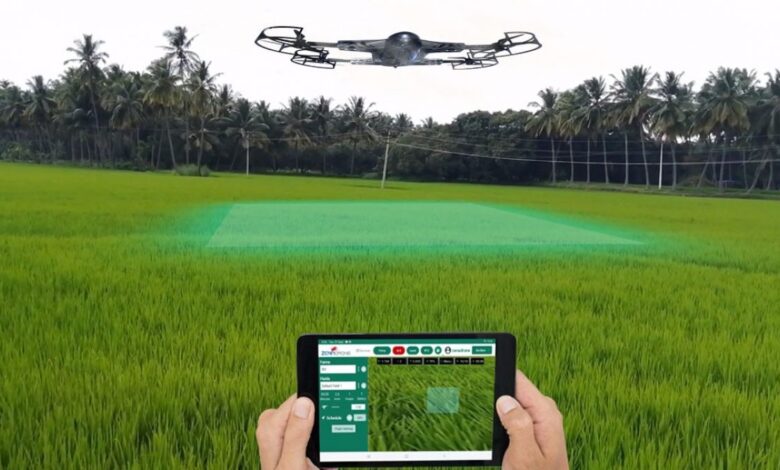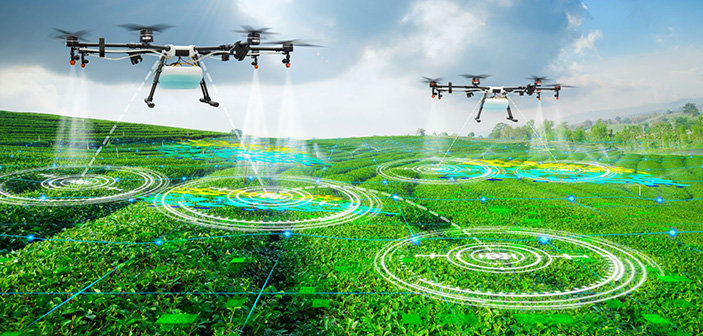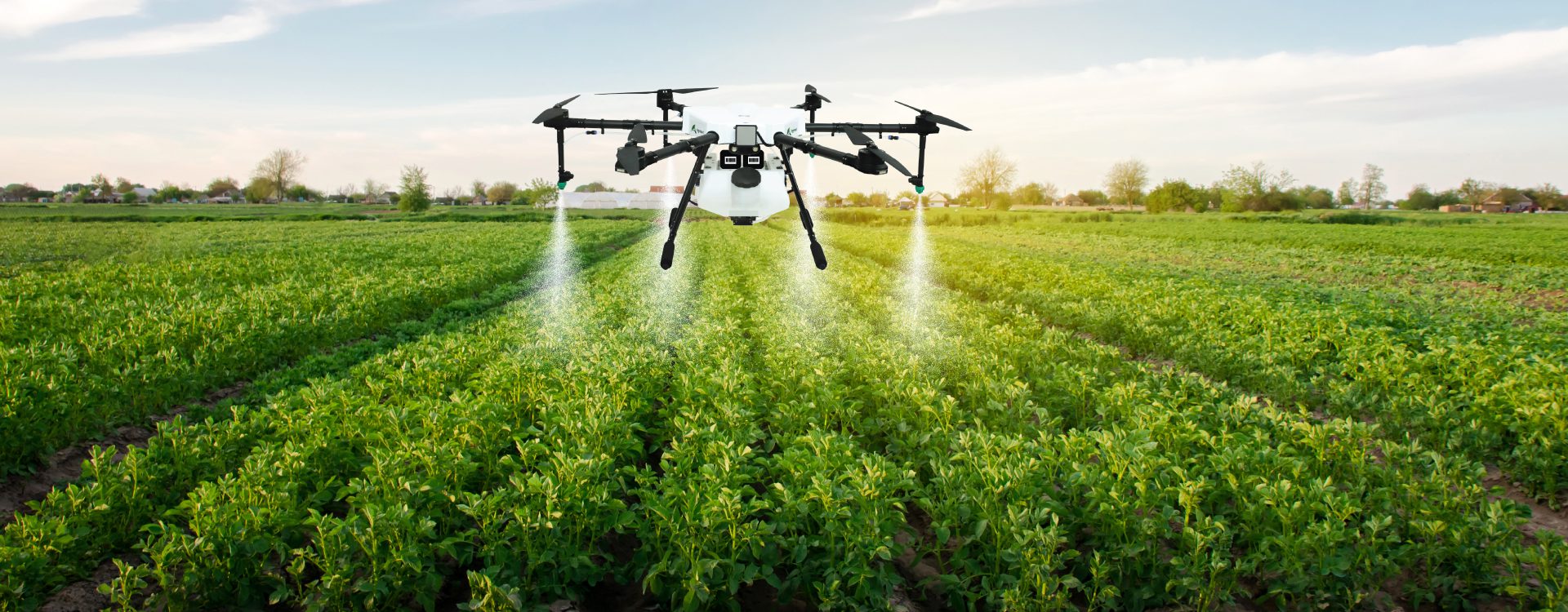
Drone technology has emerged as a game-changer in the agricultural sector, offering unprecedented capabilities for crop monitoring and management. Drones, also known as Unmanned Aerial Vehicles (UAVs), with advanced sensors and imaging technology, provide farmers with real-time insights into their fields. This article explores the impact of drone technology on crop monitoring and management and highlights its benefits and applications.
Enhanced Crop Surveillance
One of the primary advantages of drone technology in agriculture is its ability to provide high-resolution imagery for crop surveillance. Equipped with thermal cameras, drones capture detailed images of fields, which enables farmers and agriculture experts to detect early signs of stress, disease or nutrient deficiencies. This early detection allows for timely intervention, which prevents potential yield losses and optimizes crop health.
Precision Crop Mapping
Drones equipped with GPS and mapping software enable precise crop mapping, which allows farmers to accurately assess field conditions and lay out different crop zones. By generating detailed maps of crop health, soil moisture levels and weed infestations, drones empower farmers to make informed decisions regarding irrigation, fertilization and pest control. This precision farming approach maximizes resource efficiency and enhances overall crop yields. It allows the farmers and agriculture experts to spend more time working on the issues that come up instead of having to find them or somehow miss them.
Efficient Pest and Disease Management
Drone technology changes pest and disease management in agriculture by enabling targeted interventions. Thermal imaging cameras mounted on drones can detect abnormalities in plant temperatures, which can indicate potential pest infestations or disease outbreaks. By precisely identifying affected areas, farmers can deploy localized treatments, minimize the use of pesticides, and reduce environmental impact while effectively controlling pests and diseases.
Optimized Irrigation Management
Drones play a vital role in bettering irrigation management by providing detailed insights into soil moisture levels and crop water stress. By conducting aerial surveys, drones can identify areas of overwatering or underwatering, which allows farmers to adjust irrigation schedules accordingly. This targeted approach to irrigation management conserves water resources, reduces water wastage and promotes sustainable agricultural practices.
Time and Cost Efficiency
Compared to traditional methods of crop monitoring, drone technology offers significant time and cost savings. Drones can cover large areas of farmland quickly and efficiently and provide real-time data without the need for manual labor or expensive equipment. Additionally, the ability to survey fields from the air reduces the risk of crop damage caused by trampling or compaction, which further enhances efficiency and productivity.
Accessibility and Scalability
Another key advantage of drone technology is its accessibility and scalability, which makes it suitable for farms of all sizes. Whether it’s a small farm or a large operation, drones can be deployed to gather important data for crop monitoring and management. Moreover, advancements in drone technology have led to the development of user-friendly platforms and software, which allows farmers to analyze data and make informed decisions with ease.
In conclusion, drone technology has revolutionized crop monitoring and management in agriculture, which offers enhanced surveillance, precision mapping, efficient pest and disease management, optimized irrigation, and significant time and cost savings. With its accessibility and scalability, drone technology is poised to become an indispensable tool for farmers worldwide and can empower them to maximize yields, minimize resource usage, and promote sustainable agricultural practices. As technology continues to evolve, the potential of drones in agriculture is boundless and promises continued innovation and advancements in crop management techniques.







